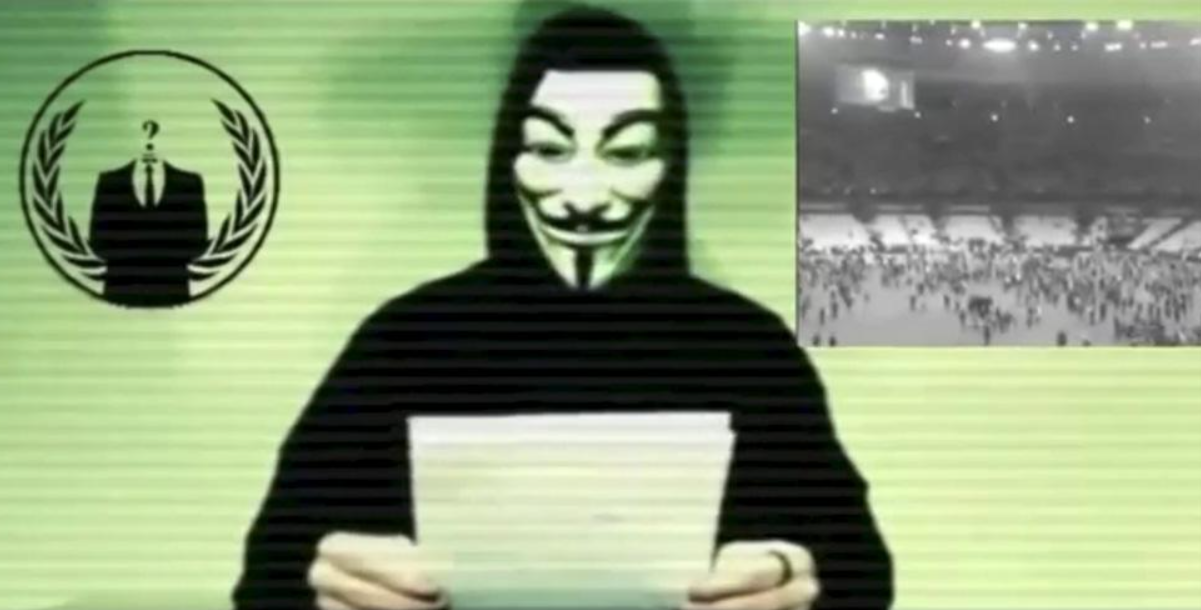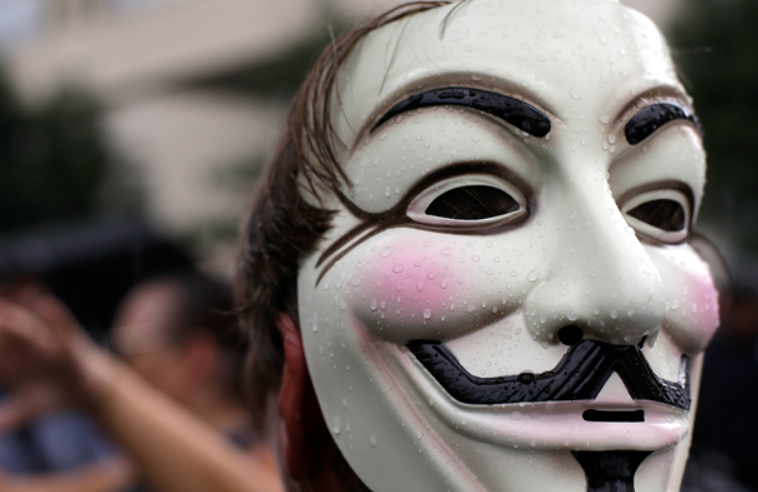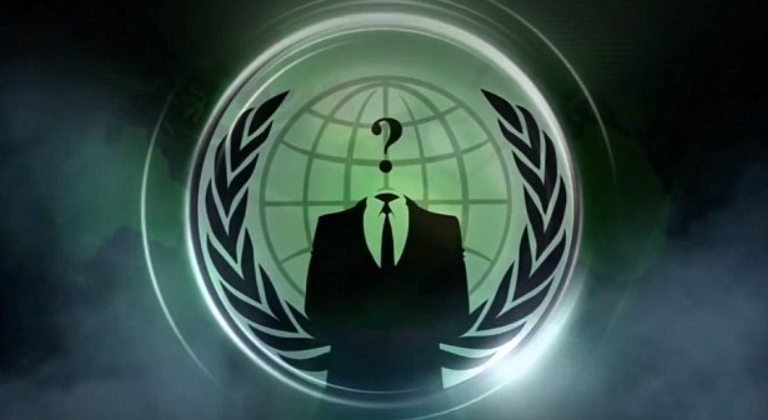Anonymous False Flag Video Points to Mysterious Plot
A new Anonymous False Flag Video has surfaced online, igniting worldwide debate, speculation, and controversy. The international hacktivist collective, Anonymous, has claimed to possess secret files that allegedly expose a hidden plot designed to manufacture consent for war. If verified, these revelations could reshape global geopolitics, fueling distrust in official narratives and sparking demands for greater transparency.

This article dives into the details of the Anonymous False Flag Video, exploring who Anonymous is, what a false flag operation means, and the possible consequences of the group’s explosive claims.
Contents
Anonymous Explained and Full Video Release
Anonymous is a decentralized, leaderless group of hackers, activists, and so-called “digital freedom fighters.” Emerging in the early 2000s from online communities like 4chan, the group quickly became infamous for cyberattacks, data leaks, and high-profile campaigns against governments, corporations, and organizations. Their identity is symbolized by the Guy Fawkes mask and the well-known slogan: “We are Anonymous. We are Legion. We do not forgive. We do not forget. Expect us.”
Shocking Anonymous False Flag Video That Could Change Everything
anonymous-false-flag-video.mp4
Over the last two decades, Anonymous has carried out operations ranging from exposing police brutality and targeting corrupt institutions to supporting revolutionary movements such as the Arab Spring. Their unpredictable yet impactful presence has made them a powerful, if controversial, voice in global digital activism.
The Anonymous False Flag Video continues this legacy, raising urgent questions about war, deception, and the manipulation of public opinion.
What Is a False Flag Operation?
A false flag operation is an act carried out by one group but designed to appear as if another group is responsible. The goal is usually to mislead the public, justify military action, or manipulate political outcomes.
The term originated in naval warfare, where ships would fly the flag of another nation to deceive opponents. In modern times, false flag accusations often arise in the context of intelligence operations and international conflicts.
Some well-known historical examples include:
The Gulf of Tonkin Incident (1964): Helped justify U.S. escalation in Vietnam. Later documents revealed inconsistencies in the official account.
Operation Northwoods (1962): A proposed U.S. Department of Defense plan to stage fake terrorist attacks as a pretext for intervention in Cuba. The plan was never executed.
The Reichstag Fire (1933): Nazis blamed communists for setting the German parliament building on fire, enabling Adolf Hitler to consolidate power.
These cases show how false flag tactics can be used to manipulate trust, justify wars, and reshape history.
Overview of the Anonymous False Flag Video
The Anonymous False Flag Video was first posted on alternative video platforms before spreading rapidly across social media sites like Twitter, Reddit, and Telegram.

The video follows Anonymous’ recognizable style: a disguised electronic voice, glitch effects, cryptic imagery, and interspersed military footage.
In the video, a masked figure claims:
“We have obtained evidence of a covert operation designed to manufacture consent for war. These documents originate from internal defense and intelligence briefings. The objective is clear: to provoke conflict under false pretenses.”
According to Anonymous, the files were accessed through hacked defense contractor databases and leaked communications. While no country is named outright, references appear to U.S. operations in Eastern Europe and tensions in the South China Sea.
The message ends with a chilling warning:
“We will not allow the blood of innocents to be spilled for the greed of empires. The files will be released in phases. The world must be prepared.”
What’s Allegedly in the Files?
The Anonymous False Flag Video outlines several categories of documents, though the full set has yet to be published. The group claims the evidence includes:
Email exchanges between senior military officials discussing “escalation triggers” and “public sentiment shaping strategies.”
A classified presentation describing a staged attack to be falsely attributed to a foreign adversary.
Budget allocations for media campaigns and psychological influence operations.
Simulation reports analyzing the consequences of provoking conflict through fabricated incidents.
If authentic, these files would suggest a deliberate strategy to provoke a major war potentially involving nuclear-armed nations through deception and manufactured consent.
Public and Media Reactions
Reactions to the Anonymous False Flag Video have been swift and divided.
Supporters argue that Anonymous is once again exposing the truth, standing against warmongering elites.

Critics dismiss the claims as conspiracy theories or exaggerated storytelling.
Independent journalists and open-source intelligence analysts are attempting to verify the materials, though no conclusive authentication has been made.
On social media, hashtags like #FalseFlagExposed and #AnonymousLeaks began trending within hours of the video’s release. Progressive and anti-war communities praised the revelations, while many mainstream outlets either ignored the story or covered it with skepticism.
Government Response (or Lack Thereof)
No government has issued a formal response to the Anonymous False Flag Video. When asked, a Pentagon spokesperson commented only:
“We do not comment on fabricated materials or unsubstantiated internet rumors.”
This refusal to address the claims directly has only fueled further suspicion. Cybersecurity experts note that if Anonymous genuinely accessed classified communications, there would likely be internal chaos even if no public acknowledgment occurs.
Still, experts also caution that fabricated leaks are possible, sometimes created to discredit political rivals or to destabilize institutions.
Questions of Credibility
The biggest question remains: Is the Anonymous False Flag Video real?
Anonymous has a mixed history. In the past, the group has successfully exposed corruption, such as during the Occupy Wall Street movement and cases of police brutality. At the same time, they have occasionally made false or exaggerated claims, such as misidentifying suspects in high-profile cases.
Some analysts argue the current video could itself be a type of disinformation a “false false flag” meant to spread confusion or distrust. Others warn that even genuine intelligence discussions may be misinterpreted as malicious plotting, when in fact they could represent war games or scenario planning.
Larger Implications
Regardless of authenticity, the Anonymous False Flag Video highlights the shifting nature of modern information warfare. In today’s digital age:
Leaks, whether real or fabricated, can shape public opinion as powerfully as missiles or tanks.
Hacktivist groups like Anonymous operate outside traditional structures, creating both opportunities for exposure and risks of manipulation.
Governments face an uphill battle in maintaining credibility as public trust erodes and alternative narratives gain traction.
The rise of hacktivism shows that battles are no longer fought only on physical frontlines, but also in cyberspace where perception is the ultimate weapon.
The Anonymous False Flag Video has shaken parts of the internet, fueling debates about trust, secrecy, and the manipulation of global events. Whether or not the leaked files are genuine remains uncertain, but the discussion they have sparked is undeniably powerful.
As Anonymous stated:
“The truth cannot be silenced. The world deserves to know.”
In an era where information itself is weaponized, the public’s willingness to question, investigate, and resist deception may prove just as important as any military strategy.
Only time will tell whether this video represents groundbreaking truth or another layer of manipulation.
Daily News -Scott Rogers Video and Online Privacy Concerns
Adrian Peterson Poker Fight Video Goes Viral on Social Media
Osama Bin Laden Death and Global Reactions
Karmelo Anthony Case Video and the Frisco ISD Tragedy
MSDami Video Leak Sparks Online Outrage and Debate
Dalton Swanger Video Attack Caught on Live TV
Chris Robinson Hurdles Video Goes Viral at Ostrava Race

